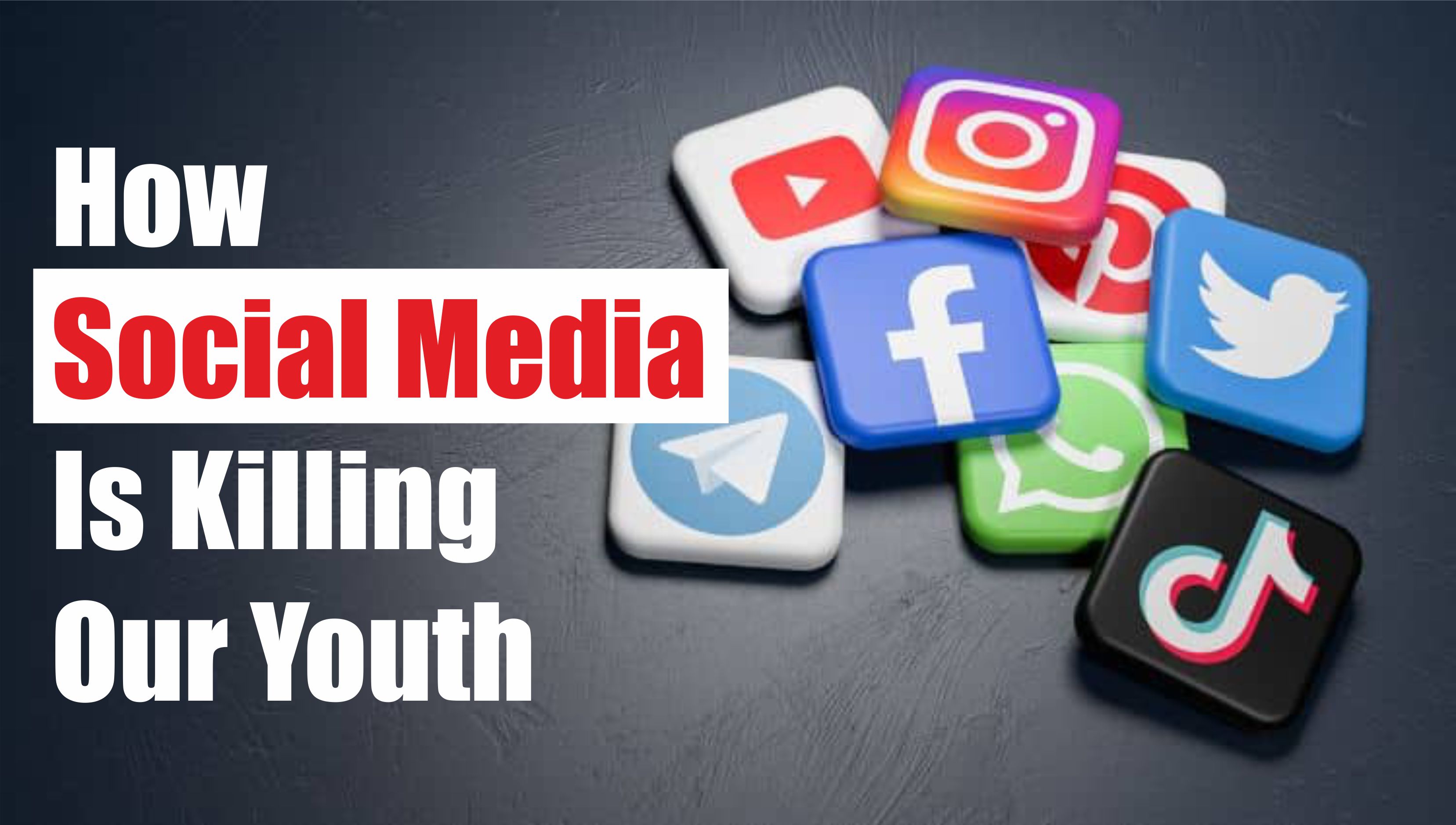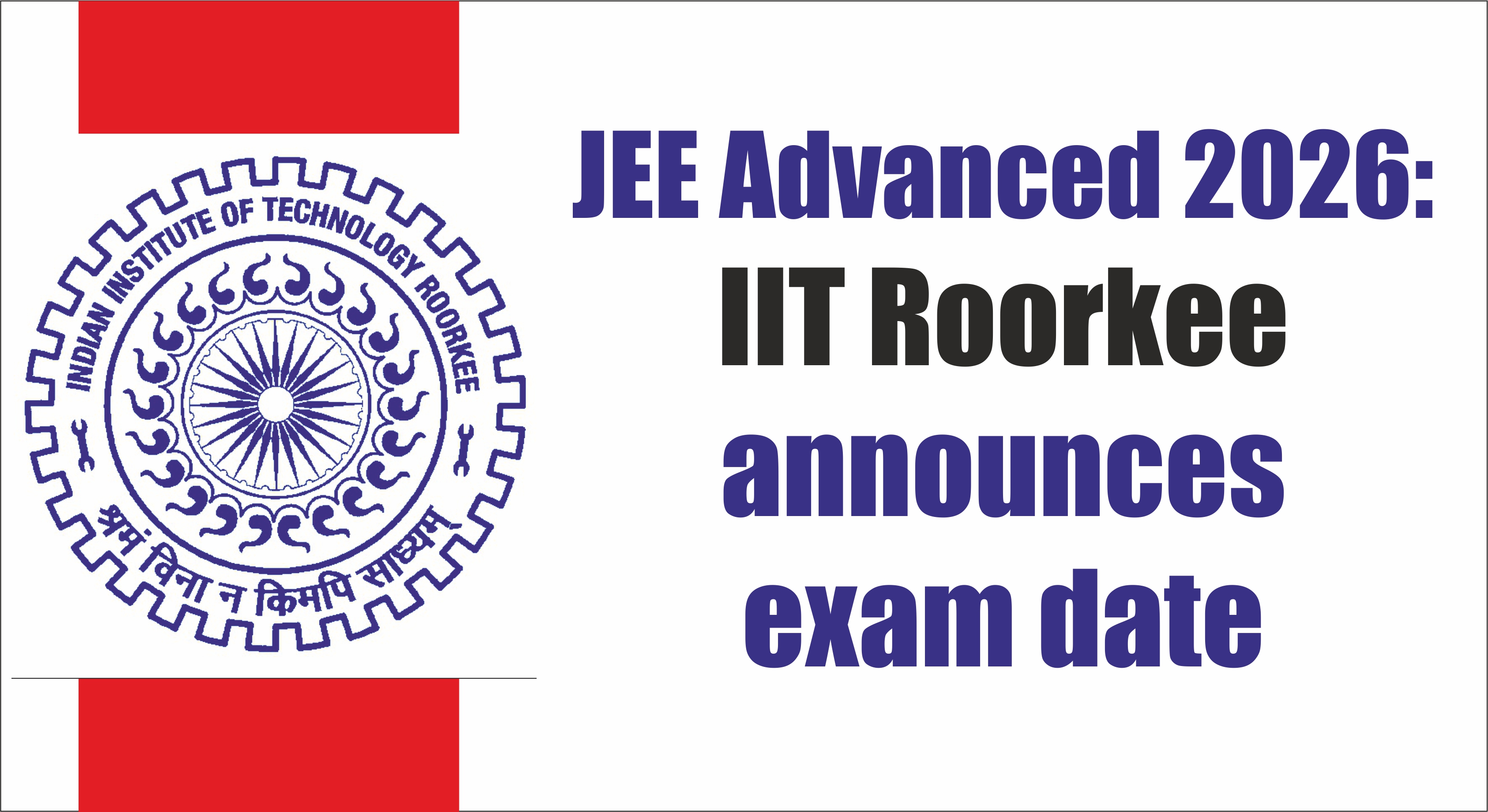How Social Media Is Killing Our Youth

In the current digital age, social media has become an integral aspect of every youth's life. Young people spend all day scrolling through Instagram, Snapchat, YouTube, and TikTok, which were originally designed to foster creativity and engagement but have since evolved into tools of comparison, distraction, and emotional instability. What started as a source of entertainment and education has gradually turned into a growing menace that is compromising the mental, emotional and even physical well-being of our children.
We at Educationkhoj.com think it's time to take stock of how social media is influencing—or, more accurately, influencing—the next generation.
The Illusion of Perfection
Likes, shares and filters are what take social media forward. Young adults and teens often find themselves disconnecting from their lives to the carefully crafted perfection they see online. Young minds are held to unrealistic standards by influencers who showcase luxurious lifestyles, flawless bodies and ideal vacations. This constant comparison leads to low self-esteem, anxiety and insecurity. A simple scroll can devolve into sadness and self-doubt.
Even worse, a lot of young people start to gauge their value based on online approval, such as the quantity of likes, followers, or comments they get. This "digital applause" has turned into a contemporary addiction, causing them to look to strangers on a screen for praise rather than within themselves.
The Addiction Trap
According to studies, social media activates dopamine, the same neurotransmitter that promotes drug and gambling addiction. Reels, information and frequent changes are aimed at keeping consumers interested. Young people become disorganized and spend hours on the Internet, often at the expense of their studies, sleep, and social relationships.
This addiction impairs focus, creativity, and emotional health in addition to academic achievement. Constant exposure to material, which is frequently violent, deceptive, or unsuitable, desensitizes children and normalizes bad behavior patterns.
Decline of Real Connections
Ironically, social media is really causing emotional distance even if its original purpose was to bring people together. Emojis and memes are taking the place of actual communication. Young people are becoming less socially adept, spending less time outside, and participating in less physical activities. In place of in-person friendships, virtual "followers" who might not even give a damn are gradually replacing them.
The outcome?
Lack of empathy, social anxiety, and loneliness. Even though the young person has thousands of online contacts, they have no one to turn to when they're in trouble.
The Way Forward
We at Educationkhoj.com support a well-rounded strategy. Social media is not bad; Bad happens when it is misused. Institutions, parents and teachers should cooperate to raise awareness about ethical use. Parents can set screen-time limits, and schools can incorporate digital wellness initiatives.
It is essential to promote entertainment, athletics, and real-world activities that foster confidence and creativity outside the virtual realm. It is important to educate youth that their true value is found in their skills, emotions, and life experiences rather than online acceptance.
Social media should be used as a tool for learning and sharing rather than measuring one's self-worth. Before technology limits our children's potential, let us prepare them to use it responsibly.



